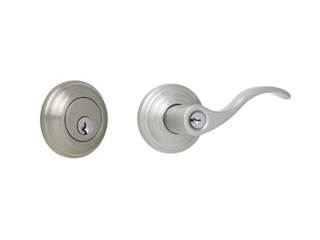Keying – The various keying arrangements for pin-tumbler cylinders
Individual key – the key for an individual cylinder;
Keyed alike – all cylinders may be operated by the same key (not to be confused with master keyed locks)
Keyed different – a different individual key operates each cylinder
Master key – a key to operate a number of cylinders, each of which may be set with a different individual key
Master keyed – all cylinders in a group can be operated by one master key, cylinders may be keyed differently (not to be confused with keyed alike cylinders that are not master keyed).
Keyway – The channels or grooves in a lock that the key must inserted through. These profiles differ from manufacturers and make one type of lock cylinder different from another. Also called a “Key Profile”. Rekey – disassembling a lock to replace the pins or tumblers inside. Once completed, the lock requires a different key to operate than before.
Pin Tumbler Mechanism – Small sliding pins in a lock cylinder that work against coil springs. They prevent the cylinder plug from rotating until the correct length pin is raised to the proper height by corresponding notch depth cut in the key. Pin tumblers usually consist of bottom pins, top pins and master pins. Most key operated locks provide limited access through the use of pin tumblers.
Pin Tumbler – Small sliding pins in a lock cylinder that work against coil springs. They prevent the cylinder plug from rotating until the correct length pin is raised to the proper height by correct notch depth cut in the key. Pin tumblers usually comprise of bottom pins, top pins and master pins.
Bottom Pins – A cylindrical shaped pin tumbler which looks like bullet shape and comes in a variety of lengths that correspond to the depth of the key cut.
Top Pins – A cylindrical shaped tumbler which is flat on both ends and is installed under the coil spring in the spring stack in the cylinder.
Master Pin – A cylindrical shaped tumbler which is often flat on both ends, placed between the top and bottom pin to create an additional shear line.
Shear Line – The area where the top surface of the cylinder plug and the cylinder housing meet. The height
where the bottom pins must be raised by the key in order to rotate the cylinder plug.


